Top Things to Know Before Buying a Solar Greenhouse: A Guide to Energy Efficiency and Sustainability
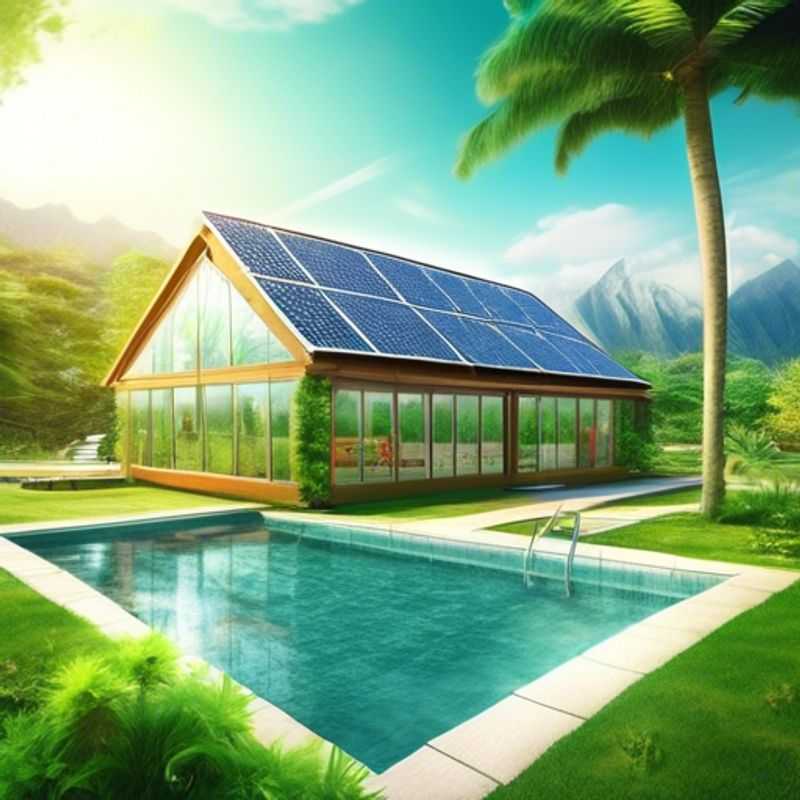
Top Things to Know Before Buying a Solar Greenhouse: A Guide for the Curious Gardener
Embarking on the journey of building a solar greenhouse is an exciting endeavor, but it's crucial to equip yourself with the right knowledge before taking the plunge. Here's a concise guide to help you make informed decisions:
1. Assess your energy needs and determine the appropriate solar panel size. The size of your greenhouse and your intended usage will dictate the amount of energy required. A thorough assessment will help you choose solar panels that can effectively meet your needs.
2. Research local regulations and obtain necessary permits before installation. Every region has its own set of regulations regarding solar installations.
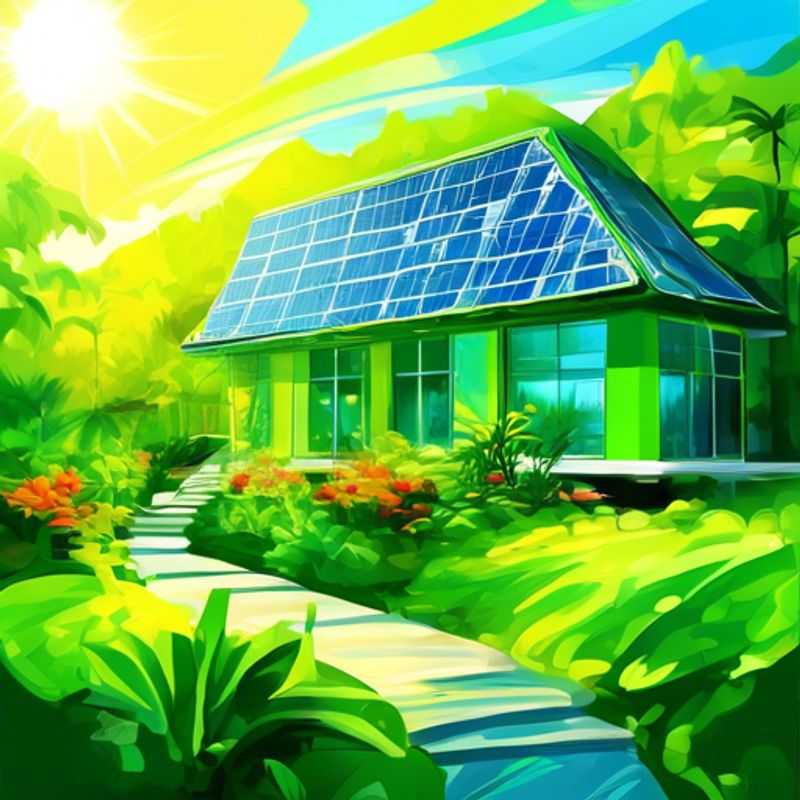
Sizing Up the Sun: Assessing Your Energy Needs and Finding the Perfect Solar Panel
Determining the right solar panel size for your home is crucial to maximize energy generation and optimize your investment. You can achieve this by meticulously assessing your energy needs and factoring in various factors like your energy consumption, location, and desired system output.
The first step is to analyze your energy consumption. You can find detailed information on your electricity bill, which usually outlines your monthly usage in kilowatt-hours (kWh). To get an accurate picture of your annual energy consumption, multiply your monthly average by 12. Consider reviewing your usage over a longer period to account for seasonal variations.
Next, estimate your system's daily energy requirements. Divide your annual energy consumption by 365 days to determine your daily energy need. This provides a benchmark for sizing your solar panel system.
Solar panel size is measured in watts (W) or kilowatts (kW). Each panel typically generates 250 to 400 watts, depending on factors like efficiency and technology. You can calculate the number of panels required by dividing your daily energy needs by the average output of a single panel.
It's important to note that solar panel output varies with weather conditions, time of day, and geographic location. You need to adjust your calculations to account for these variables. Consulting a qualified solar installer can provide accurate estimates for your specific location.
To ensure your solar panel system meets your energy needs, it's advisable to consider potential future energy demands. Factor in any planned renovations, appliance upgrades, or changes in your lifestyle that could increase your energy consumption. It's wise to oversize your system slightly to accommodate future growth and ensure long-term energy independence.
Remember, accurately assessing your energy needs and factoring in these variables is critical to determine the appropriate solar panel size for your home.
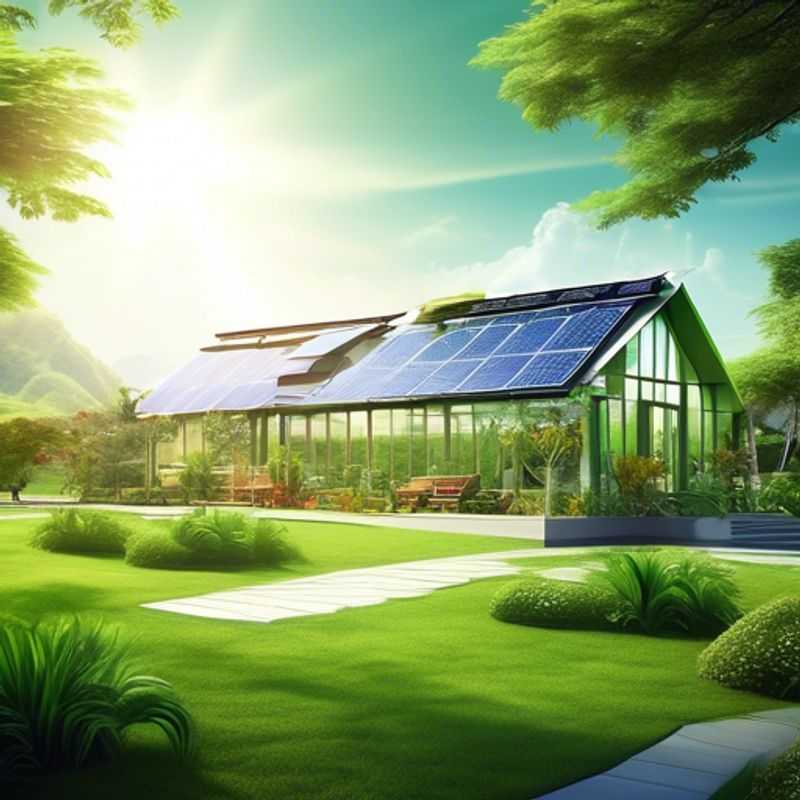
Navigating the Permit Maze: Research Local Regulations Before Installation
Installing a new system or structure, whether it’s a solar panel array, a home addition, or a business expansion, requires navigating a maze of local regulations. Before breaking ground, it’s crucial to understand and comply with these regulations, ensuring a smooth and legal installation process.
Start by identifying the relevant authorities responsible for permitting in your area. This could include your city, county, or even state government. Reach out to the local building department or planning department to inquire about specific regulations and requirements. They will provide you with a clear understanding of zoning restrictions, setback requirements, and any other pertinent guidelines for your specific project.
Next, prepare a detailed plan outlining your project. Include blueprints, specifications, and any necessary supporting documentation. This will help ensure your project aligns with local building codes and safety standards.
Be prepared to pay fees associated with permits. These fees vary based on the project’s complexity and location, and typically cover administrative costs and inspection services.
Don’t forget to obtain necessary inspections throughout the installation process. These inspections ensure your project meets safety standards and code requirements, ultimately safeguarding your investment and the surrounding community.
By diligently researching local regulations and obtaining the necessary permits, you’re setting the stage for a successful and compliant installation project. Remember, understanding and adhering to these regulations is not just about avoiding penalties, it’s about ensuring a safe and efficient project that benefits both you and your community.
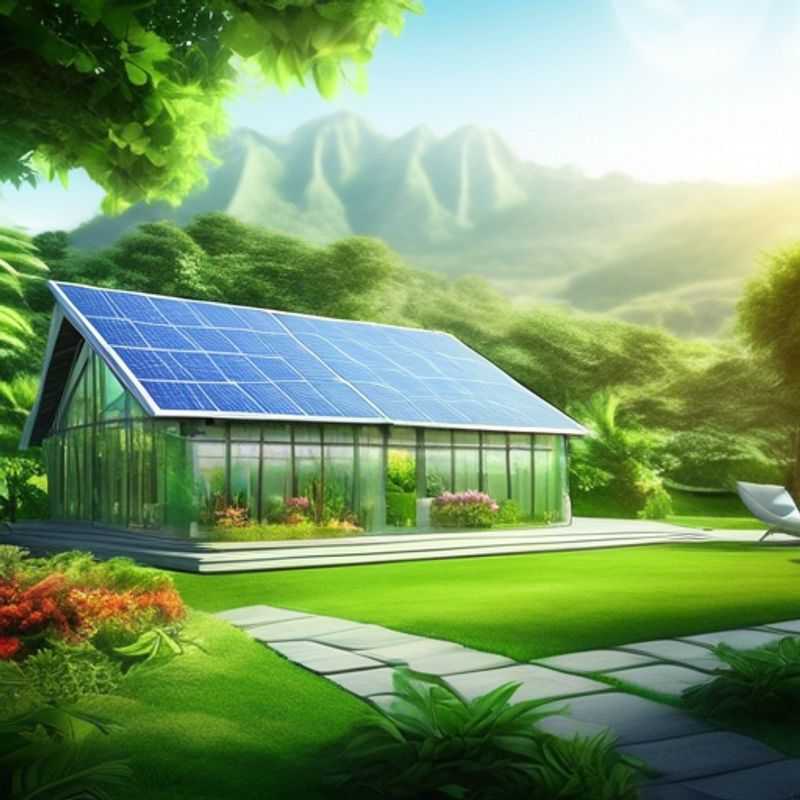
Roof Orientation & Tilt: Maximizing Solar Power Potential
Maximizing solar energy harvesting from your roof hinges on understanding the interplay of its orientation and tilt. This simple principle is vital for maximizing energy output and return on investment for your solar panels.
Orientation, referring to the direction your roof faces, plays a key role in solar panel efficiency. A south-facing roof in the Northern Hemisphere or a north-facing roof in the Southern Hemisphere generally receives the most sunlight throughout the day. However, optimal orientation may vary depending on your specific location.
Tilt, or the angle of your roof, further impacts solar energy production. A steeper roof angle may increase exposure to direct sunlight, especially in winter, while a flatter roof angle might be more suitable for summer months. The ideal tilt angle varies based on your latitude and the time of year.
Consult with a solar panel installer or utilize online tools to estimate your roof's potential for solar energy production. These resources can help you determine the optimal orientation and tilt for your specific location and roof configuration. Remember, proper orientation and tilt are crucial for maximizing energy efficiency and reaping the full benefits of your solar panel investment.
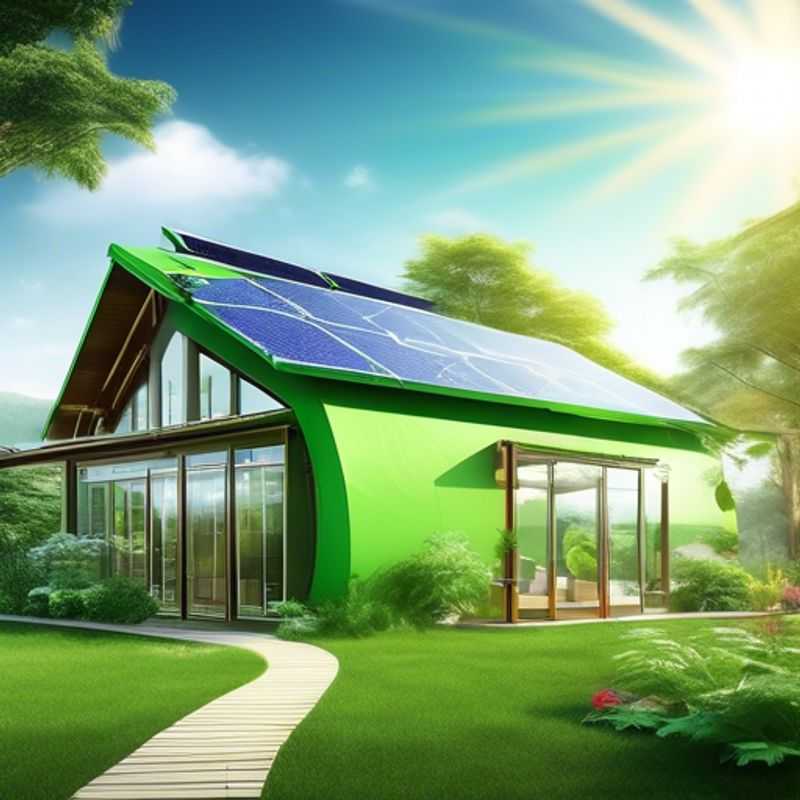
Factor in the Climate and Weather Patterns in Your Area: A Crucial Step in Sustainable Living
When planning any outdoor activity, it's crucial to consider the climate and weather patterns of your area. This is especially important when planning long-term projects or activities that may be affected by seasonal changes.
Understanding the climate involves knowing the long-term weather patterns of your region. This includes average temperature, precipitation, humidity, and wind conditions. You can find this information online from weather services like the National Weather Service or local meteorological websites.
Weather patterns are the short-term changes in weather conditions, such as daily temperature fluctuations, wind gusts, and rainfall. You can use weather apps or websites to get up-to-date forecasts and monitor changing conditions.
By factoring in both climate and weather patterns, you can plan your activities accordingly, minimizing risk and maximizing success. This might involve choosing the right time of year to work, selecting appropriate clothing and equipment, and adjusting your schedule based on predicted weather changes.
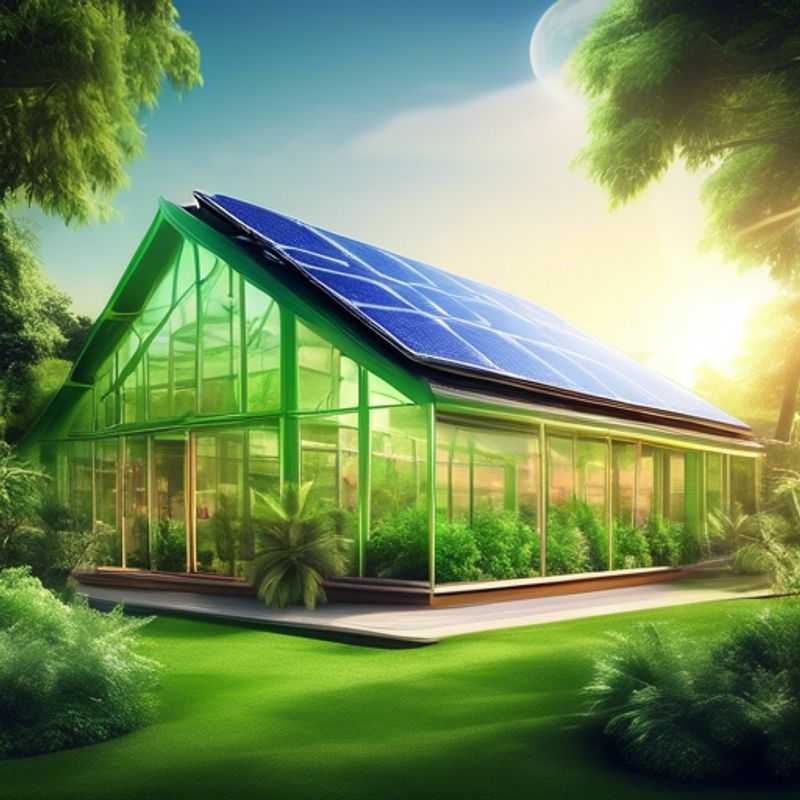
Understanding the Costs: Installation and Maintenance Breakdown
Understanding the cost of installation and maintenance is crucial when considering any new technology. This section provides insights into the financial aspects of Understand the costs involved, including installation and maintenance.
Installation Costs: The initial installation of Understand the costs involved, including installation and maintenance can vary depending on factors like the complexity of the system, the size of your operation, and the location.
Maintenance Costs: Ongoing maintenance is essential to keep your system running smoothly and efficiently. This can include regular software updates, hardware checks, and troubleshooting.
Other Expenses: In addition to the core costs, you might encounter other expenses like training, licensing fees, and ongoing support contracts.
It's advisable to gather quotes from multiple providers to compare prices and find the best value.
Remember, investing in quality Understand the costs involved, including installation and maintenance can significantly impact your overall success.
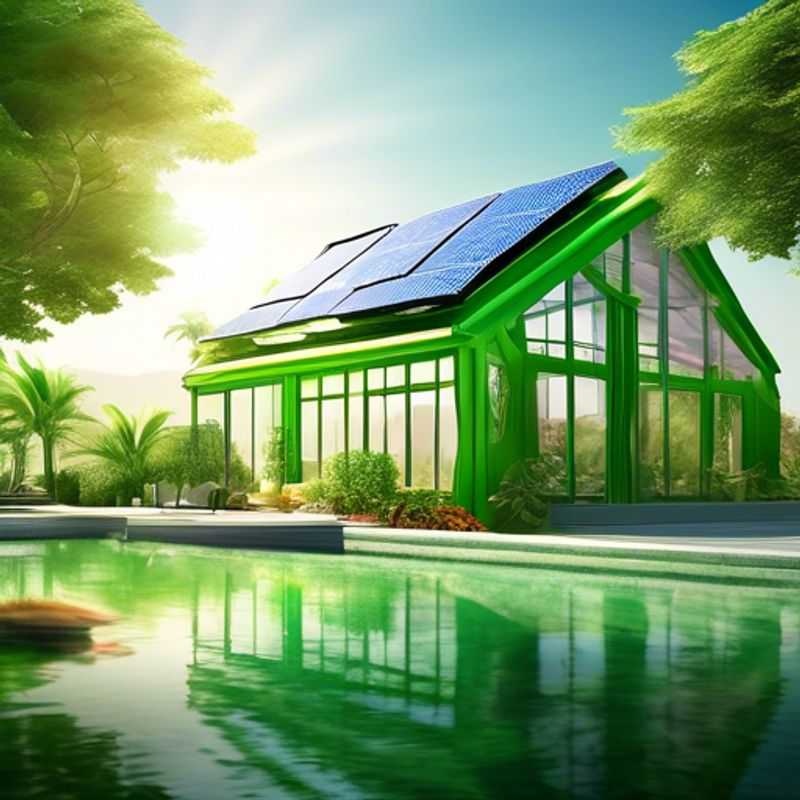
Solar Power on a Budget: Exploring Leases and PPAs
Solar leases and power purchase agreements (PPAs) are financing options that allow you to go solar without upfront costs. These options are especially attractive for homeowners who want to save money on their electricity bills but lack the upfront capital for a traditional solar panel system purchase.
Solar Leases: You essentially rent the solar panels from a solar company, and they handle maintenance and repairs. You pay a fixed monthly lease payment, often lower than your previous electricity bill, and receive credits for any extra electricity generated. You don't own the panels, and at the end of the lease term, they might be removed or sold.
Power Purchase Agreements (PPAs): Similar to a solar lease, you agree to purchase electricity from the solar company at a fixed rate per kilowatt-hour (kWh) for a set period. The solar company owns and maintains the solar panel system. You can lock in a lower rate for electricity, often for a longer period than a solar lease.
Things to Consider:
• **Credit Check:** Both leases and PPAs usually require a credit check.
• **Contract Terms:** Carefully review the lease or PPA agreement, including the length of the contract, the rate structure, and any termination fees.
• **Ownership:** You don't own the solar panels with either option.
• **Maintenance:** The solar company typically handles maintenance and repairs, but ensure you understand the responsibilities outlined in the contract.
• **Impact on Property Value:** The impact on your property value can vary, and it's best to consult with a real estate professional.
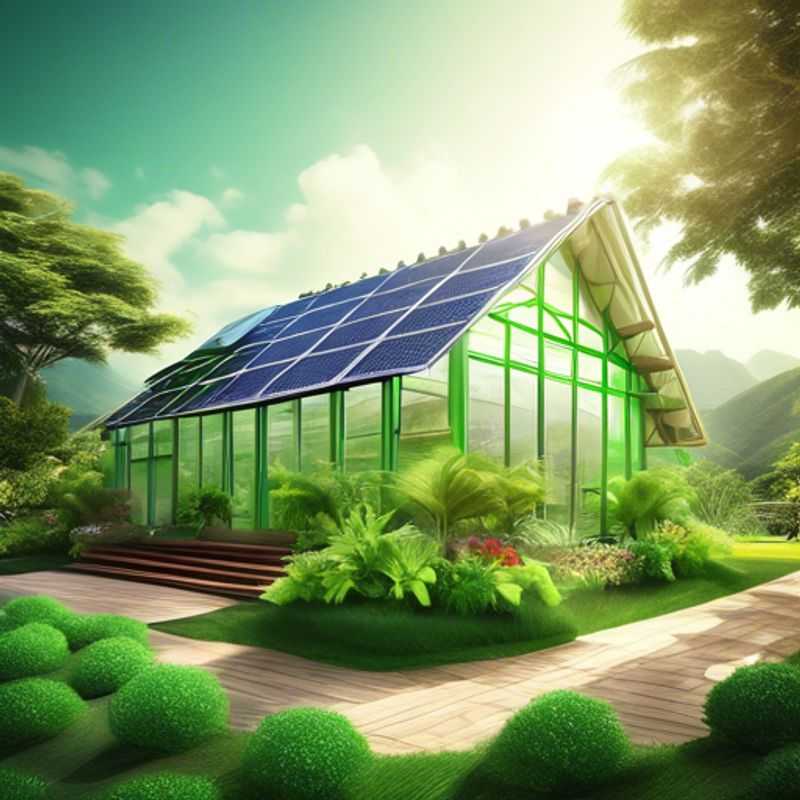
Prioritize Energy-Efficient Features and Technologies for Your Green House
Building a green house starts with prioritizing energy-efficient features and technologies. This not only reduces your environmental footprint but also saves you money on energy bills in the long run. Here's a summarized guide for those in a hurry:
Insulation: Proper insulation is crucial. Insulate walls, ceilings, and floors to prevent heat loss in winter and heat gain in summer. This reduces reliance on heating and cooling systems, saving energy and money.
Windows: Choose windows with high-performance glazing, such as double or triple-paned, to maximize energy efficiency. Look for Low-E coatings that reflect heat back into the house in winter and out in summer.
Heating & Cooling: Opt for energy-efficient heating and cooling systems like heat pumps. Heat pumps provide both heating and cooling, often with higher energy efficiency ratings than traditional systems.
Solar Energy: Solar panels are a great way to generate clean energy for your home. They convert sunlight into electricity, reducing dependence on the grid and potentially lowering your energy costs.
Water Efficiency: Install low-flow showerheads, toilets, and faucets to conserve water. Consider using water-efficient appliances like washing machines and dishwashers.
Landscaping: Use native plants that require less water, and consider installing a rain garden or rainwater harvesting system to conserve water during dry periods.
Remember, green home construction may require extra upfront costs, but the long-term savings on energy and water bills, along with the environmental benefits, make it a worthwhile investment.
